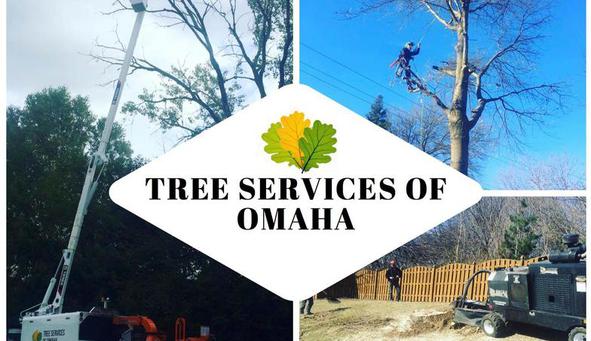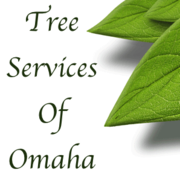Tree Services of Omaha - Omaha, Nebraska
Planting Trees in Late Summer/Early Autumn
by David Steg on 10/01/14
While
spring is the traditional planting season in Iowa, late summer/early
fall is an excellent time to plant balled and burlapped and
container-grown trees. Evergreens, such as pine and spruce, should be
planted by early October. Evergreens planted in late October or November
may not have adequate time to become established before the onset of
winter and could be subject to desiccation injury and death. Deciduous
trees (those that drop their leaves in fall) can be planted up to early
to mid-November.
There are cultural and economic advantages to planting trees in late
summer/early fall. Soil temperatures in late summer/early fall are
excellent for root growth. Root growth continues until the ground
freezes in winter. Plus, trees planted at this time of year generally
have several weeks of favorable weather. There is also a monetary
advantage of planting trees in late summer/early fall. Many garden
centers and nurseries offer sales at this time of year.
To successfully establish trees in the home landscape, it's important to follow proper planting techniques.
Balled and Burlapped Trees
When planting a balled and burlapped tree, dig a hole that is two to
three times wider than the diameter of the tree's rootball. The depth of
the hole should be two or three inches less than the height of the
rootball. Slope the sides of the hole so the top of the hole is several
inches wider than the bottom.
Grasping the tree's rootball, carefully lower the tree into the
hole. The top of the rootball should be approximately two or three
inches above the surrounding soil line. Make sure the trunk is
straight. Then begin backfilling with the original soil. Do not add
compost, peat, or other organic materials to the soil. Gently firm the
backfill soil in the hole with your hands.
When the planting hole is one-half full, cut and remove all twine. Also,
cut away and remove the burlap on the top one-third to one-half of the
rootball. If the rootball is in a wire basket, remove the top one-third
to one-half of the basket. Completely fill the remainder of the hole
with soil. Place soil up to the top of the rootball and gradually slope
it down to the surrounding soil line. Thoroughly water the tree.
Poorly drained sites are difficult locations for many trees. When
selecting trees for these sites, choose trees that can tolerate poorly
drained conditions. In poorly drained soils, the depth of the planting
hole should be approximately two-thirds of the height of the
rootball. When placed in the hole, the top one-third of the rootball
should be above the surrounding soil. Fill the hole with soil. Place
soil to the top of the rootball and gradually slope it down to the
surrounding soil line.
Container Grown Trees
When planting a container-grown tree, dig a hole that is two to three
times wider than the diameter of the container. The depth of the hole
should be two or three inches less than the height of the soil
ball. Slope the sides of the hole so the top is several inches wider
than the bottom. In poorly drained soils, the depth of the hole should
be approximately two-thirds the height of the soil ball.
Once the hole has been prepared, carefully lay the tree on its side. Tap
the sides of the container to loosen the soil ball from the container
and then slide the tree out of its container. All containers should be
removed, even supposedly plantable containers. If the sides of the soil
ball are a mass of roots, carefully shave off the outer ½ to 1 inch of
the soil ball with a sharp spade or saw. Place the tree in the hole. The
top of the soil ball should be approximately 2 or 3 inches above the
surrounding soil. In poorly drained sites, the top one-third of the soil
ball should stick above the surrounding soil.
Gradually fill the hole with soil. With each new addition of soil, firm
it in place with your hands. Place soil to the top of the soil ball and
gradually slope it down to the surrounding soil. Once planted, water
thoroughly.
Late summer/early fall planted trees should be watered on a regular
basis during the remainder of the year. Frequently check the moisture
status of the tree's rootball. Water newly planted trees when their
rootballs begin to dry out. Continue watering until the ground freezes
in winter.



